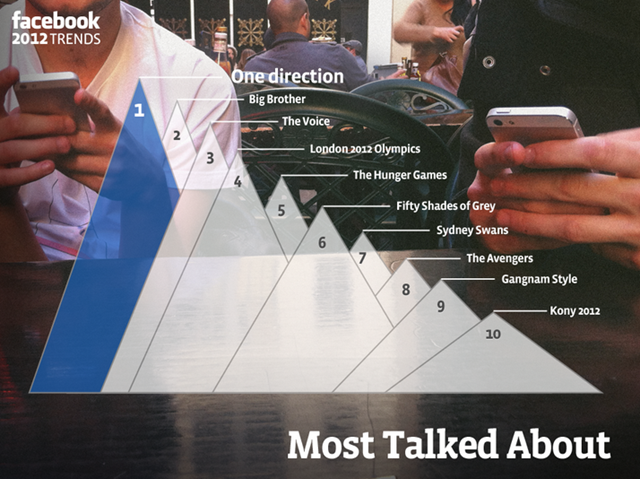In the ever-evolving landscape of marketing, one strategy has stood the test of time: storytelling. A good story has the power to captivate, inspire, and connect on a deep emotional level, which means that storytelling has become an essential tool in the modern marketer’s arsenal.
Storytelling is about creating a narrative that resonates with your audience. It is about crafting a compelling story that not only engages, but also evokes emotions and leaves a lasting impression. Take for instance the powerful Nike campaign featuring Colin Kaepernick. By telling the story of a controversial figure who stood up for what he believed in, Nike managed to connect with their audience on a profound level. They tapped into the collective consciousness, sparking conversations and igniting a movement that went far beyond selling shoes.
Visuals play a pivotal role in storytelling, as they have the ability to transport us to different worlds and evoke a range of emotions. The “Share a Coke” campaign by Coca-Cola is a prime example of using visuals to create a memorable story. By personalising their product with individual names and encouraging people to share their stories, Coca-Cola fostered a sense of belonging and nostalgia, making their brand a part of people’s personal narratives. And who can go past a can of coke called “Gavin”? After all – that drink literally “had my name on it”.
Where once social media was digital’s poor cousin, it has now become an indispensable platform for storytelling. The ALS Ice Bucket Challenge shows how an online campaign can spread like wildfire, harnessing the power of social media to create a global phenomenon. By inviting people to share their personal stories and experiences, the ALS Association successfully raised awareness and funds for a worthy cause, all through the power of storytelling on social media.
So, how can you create an effective storytelling campaign for your brand? It starts with understanding your target audience. What are their values, aspirations, and pain points? Where they overlap or align to your corporate or brand values, you can really activate a campaign. By tapping into these insights, you can tailor your story to resonate with your audience on a deeper level.
In a survey conducted by Sprout Social, 55% of consumers stated that they are more likely to trust a brand if it tells a compelling story. When brands can convincingly and authentically create stories, there’s a trust bonus that can be unlocked.
With that awareness, now you can focus on creating a unique story that sets your brand apart. What makes your brand special? What is your unique selling proposition? Why do your values matter and why should your customers care? By highlighting these aspects in your storytelling, you can create a narrative that is distinct and memorable.
Finally, choose the right channels to reach your audience. Whether it’s through social media, video marketing, or immersive experiences, select the platforms that align with your brand and have the potential to amplify your story to a wider audience.
By creating narratives that touch hearts and minds, brands have the power to forge lasting connections with their customers. Perhaps more importantly, by embracing the power of storytelling, you can unleash your own creativity, and bring your brand to life in a meaningful way.
About the re:invention series
In this series I am exploring the new ways of using technology, storytelling and an acute interest in humans to imagine the possible futures we can live and work in, purposefully.









